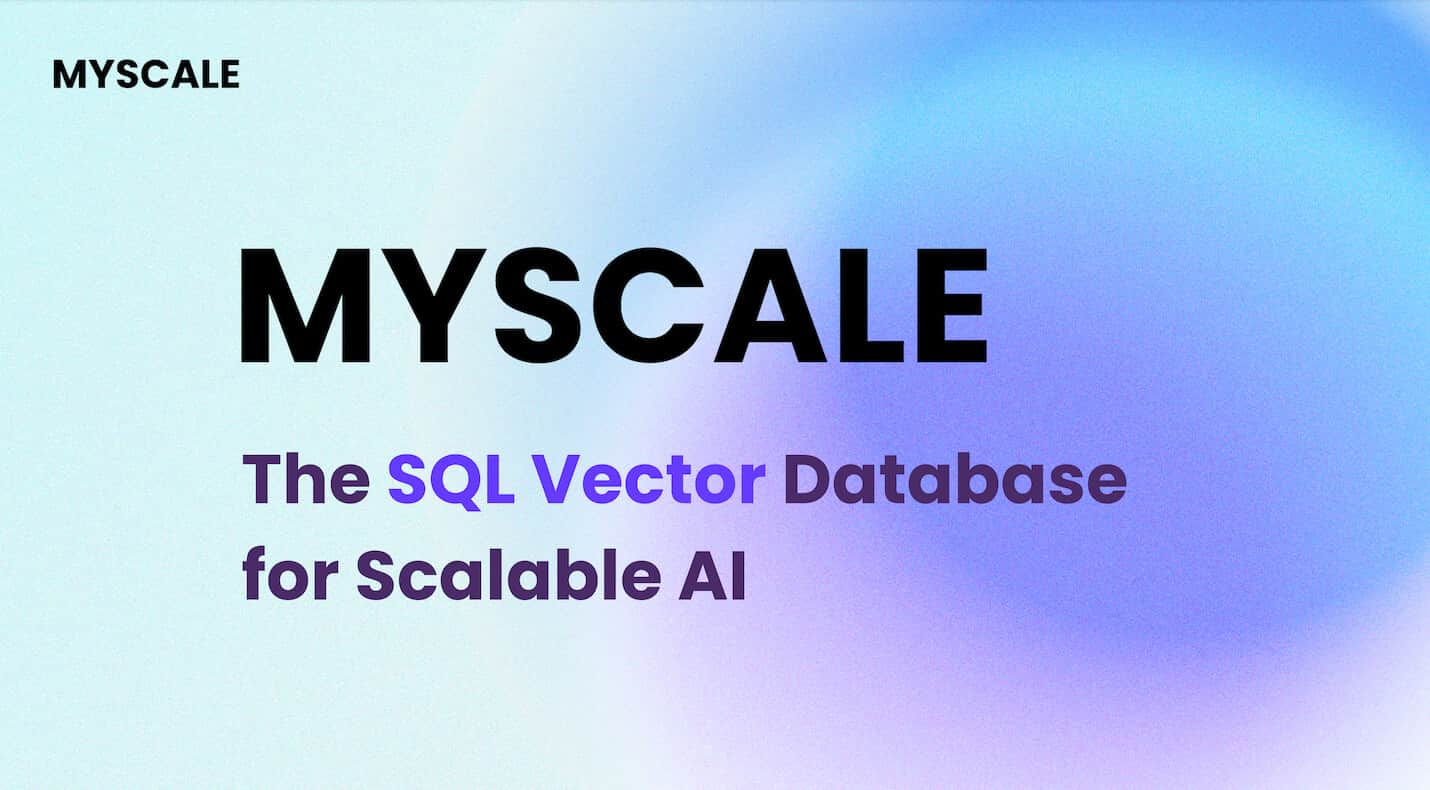
# Understanding Faiss and Its Importance in GPU Performance
# What is Faiss and Why Use It on GPU?
Faiss, a powerful library developed by Facebook, revolutionizes nearest-neighbor search implementations (opens new window) for large datasets. Faiss GPU utilization significantly enhances performance due to its optimization for memory-speed-accuracy tradeoffs. This library offers cutting-edge algorithms that cater to sets of vectors of any size, with a particular focus on maximizing efficiency through GPU support.
# A brief overview of Faiss
Faiss stands out as a staple in the industry for its efficiency and optimization, especially on low-memory machines. Its capability to handle million-to-billion-scale datasets efficiently makes it a preferred choice for similarity searches.
# Advantages of using Faiss on GPU
Benchmarking studies have shown that Faiss-IVF surpasses its counterparts (opens new window) in both accuracy and computation time. The algorithm's speed and accuracy outshine other similar libraries, making it a go-to solution for demanding tasks.
# The Basics of GPU Performance
Understanding how GPUs differ from CPUs is crucial when optimizing performance. GPUs excel at parallel processing tasks (opens new window), making them ideal for intensive computations like those required in machine learning algorithms. Key factors such as memory bandwidth (opens new window), core count, and architecture play pivotal roles in determining GPU performance levels.
# The Role of Batch Size in Optimizing Faiss GPU Performance
Batch size plays a pivotal role in optimizing Faiss GPU performance, influencing both efficiency and speed in nearest-neighbor searches.
# What is Batch Size?
In the realm of machine learning, batch size refers to the number of data points processed in one iteration. For Faiss GPU, this parameter determines how many vectors are examined simultaneously during computations.
# Definition and its role in processing
The batch size setting impacts the memory usage and computational intensity during operations. Larger batch sizes can enhance parallelism but might strain memory resources, while smaller batches reduce memory load but may lead to slower processing speeds.
# How batch size affects Faiss GPU performance
Optimizing batch size involves finding the ideal balance between computational efficiency and resource utilization. Faiss-IVF showcases superior performance when the batch size aligns with the dataset's characteristics, enhancing accuracy without compromising speed.
# Finding the Sweet Spot: Batch Size Balance
Achieving an optimal batch size balance involves understanding the trade-off between throughput and latency (opens new window). Larger batches typically boost throughput by processing more vectors simultaneously but can introduce latency delays due to increased memory demands.
# The trade-off between throughput and latency
Balancing throughput (the amount of work accomplished) with latency (processing time delays) is crucial for maximizing Faiss GPU efficiency. Fine-tuning batch sizes ensures that computational resources are utilized effectively without sacrificing responsiveness.
# The impact of large batch sizes on Faiss GPU
While large batch sizes can expedite computations, they may overwhelm memory capacities, leading to performance bottlenecks. Careful consideration of hardware limitations and dataset complexities is essential to prevent diminishing returns from excessively large batches.
# Practical Tips for Adjusting Batch Size
When delving into the realm of Faiss GPU optimization, adjusting the batch size emerges as a critical factor in fine-tuning performance. Let's explore practical strategies to navigate this essential parameter effectively.
# Starting Points for Batch Size Adjustment
Determining your initial batch size serves as the foundation for optimizing Faiss GPU operations. Begin by considering the dataset's characteristics and complexity to gauge an appropriate starting point. Tools and metrics play a crucial role in this process, offering insights into performance metrics that guide batch size adjustments.
# Fine-Tuning Batch Size for Optimal Performance
Fine-tuning batch sizes involves incremental adjustments to strike a balance between computational efficiency and resource utilization. By making gradual changes and observing their effects on processing speeds and memory usage, you can optimize Faiss GPU performance effectively.
Case studies:
Successes: Real-world examples showcase how Faiss-IVF outperformed other Faiss algorithms (opens new window) on the Deep1b dataset, excelling in both accuracy and computation time.
Failures: Instances where improper batch size settings led to diminished performance highlight the importance of meticulous adjustments.
Incorporating these insights into your Faiss GPU optimization endeavors can lead to significant enhancements in nearest-neighbor search (opens new window) efficiency.
# Wrapping Up
In conclusion, optimizing Faiss GPU performance through batch size adjustments is a strategic approach to enhancing efficiency in large-scale similarity searches. Understanding the nuances of batch size settings and their impact on computational resources is vital for maximizing Faiss-IVF capabilities. By finding the optimal balance between throughput and latency, users can fine-tune their operations for superior performance. The significance of batch size in Faiss GPU optimization cannot be overstated, as it directly influences processing speeds and memory utilization.
# Further Reading and Resources
For those keen on delving deeper into Faiss GPU performance (opens new window) optimization and the effects of batch size, exploring resources such as the official Faiss repository on GitHub can provide valuable insights. Additionally, staying updated with the latest advancements in Faiss GPU performance can be achieved through relevant books, articles, and online resources dedicated to this evolving field.



